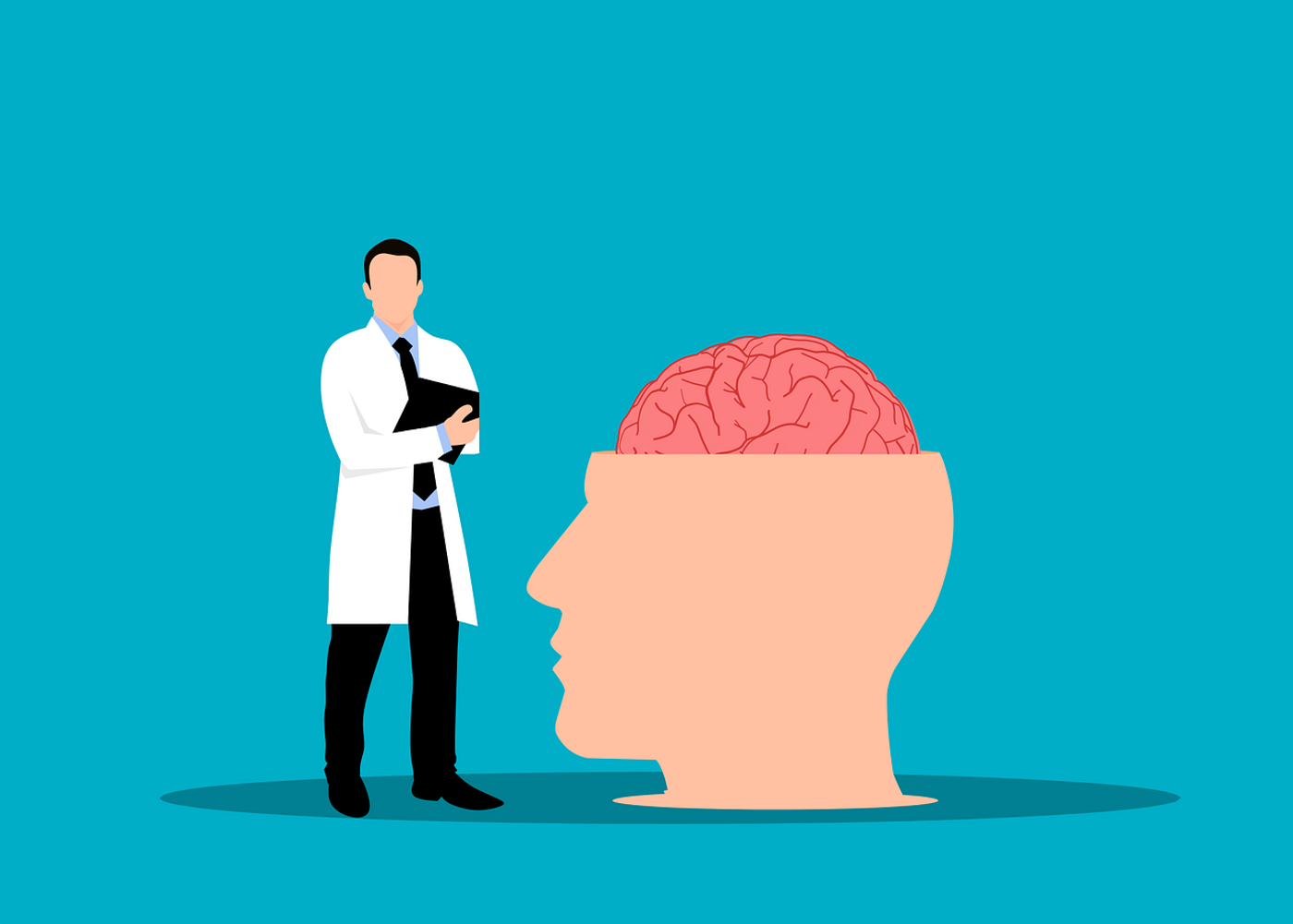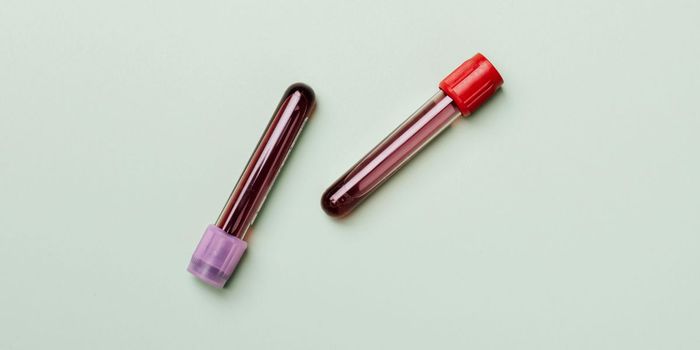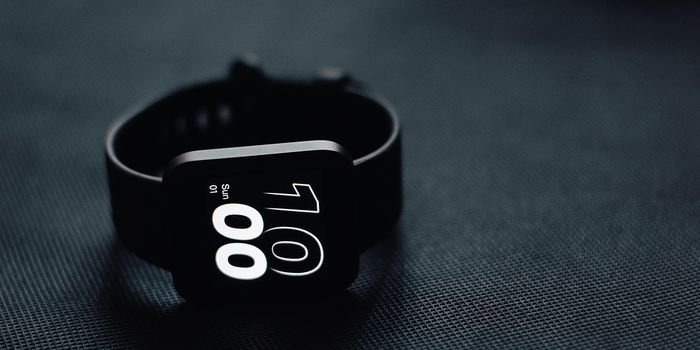Detecting Covert Consciousness with EEG and Artificial Intelligence
For those who appear totally unresponsive, researchers have discovered that signs of covert consciousness or subtle brainwaves detected by an EEG (ElectroEncephaloGram) may be the strongest predictor of recovery in brain-injured patients. This discovery has the potential to redefine how unresponsive patients with acute brain injuries are handled in the future.
Determining the likelihood of recovery in an unresponsive brain-injured patient and identifying if they will benefit from rehabilitation can be one of the most challenging aspects of ICU.
To assess the prognosis of the brain injured patient in the ICU, doctors often utilize a standard protocol of verbal commands for the patient to respond to. But commands such as "stick out your tongue" or "move your hand" don't always guarantee an accurate prediction of clinical outcome. If a patient does not respond to these commands, they are believed to be unconscious. Because of this lack of response, the patient's injury may then be considered so severe that the likelihood of their regaining consciousness is deemed unlikely.
However, some unresponsive patients do regain consciousness and, over time, can make progress in their recovery of day-to-day functions and abilities. The problem is that it's rare, and there is no reliable way to detect who those patients will be.
A previous study has shown that although most brain-injured patients cannot physically respond to verbal commands, some of them do respond as seen in their brainwave activity, hinting that there may indeed be some consciousness on some level.
This is known as cognitive motor dissociation, or covert consciousness, and it can be detected with an artificial intelligence software that has been customized and applied to standard EEG signals recorded as the patient listens to motor commands.
According to the earlier study, patients with covert consciousness were more likely to recover. However, because the previous study had such a small sample size, the question still lingered about the effectiveness of EEG and other predictors in accurately predicting patient outcomes.
In a new study with a significantly larger group of patients, the same researchers sought to answer whether the presence of covert consciousness in physically unresponsive patients could be a reliable indicator of a successful recovery over the course of a year. 27 of the 193 patients displayed signs of covert consciousness, and these patients did recover faster, and at a higher rate, than those without signs of covert consciousness. Within the study year, 41% of the patients with covert consciousness had a complete recovery as opposed to the 10% without covert consciousness. Most of those with covert consciousness started to improve at the three-month mark, but those without covert consciousness (who eventually recovered) did not show signs of improvement until much later.
The researchers discovered that covert consciousness is the strongest independent predictor of recovery. Better than any other established factor such as a patient's age, the initial Glasgow Coma Scale score (a reliable measurement of a brain-injured patient's level of consciousness), or the cause of the brain injury. Cognitive motor dissociation may be a future predictor when determining a patient's prognosis.
Researchers are studying the underlying aspects of covert consciousness to understand better why unresponsive, and non-paralyzed patients display brainwave activity to different motor commands but cannot respond to these commands physically. They also want to inspect how covert consciousness levels relate to clinical outcomes.
Currently, very few centers use EEG to study covert consciousness. Further work is being done to refine the artificial intelligence software so that EEG can be utilized across all ICUs everywhere to help diagnose covert consciousness.
Sources: Science Daily, CUIMC, The Lancet, NEJM, NCBI









